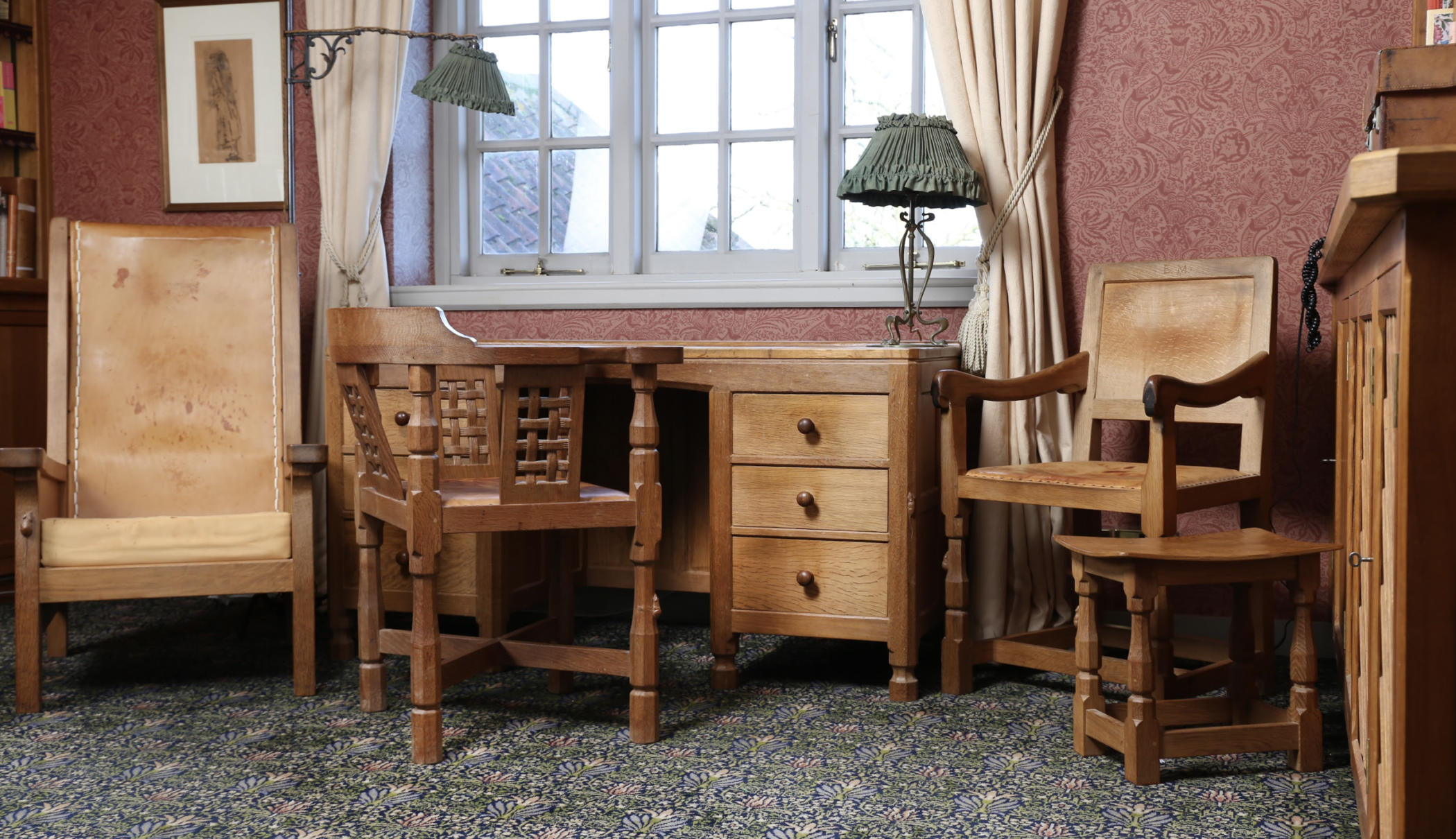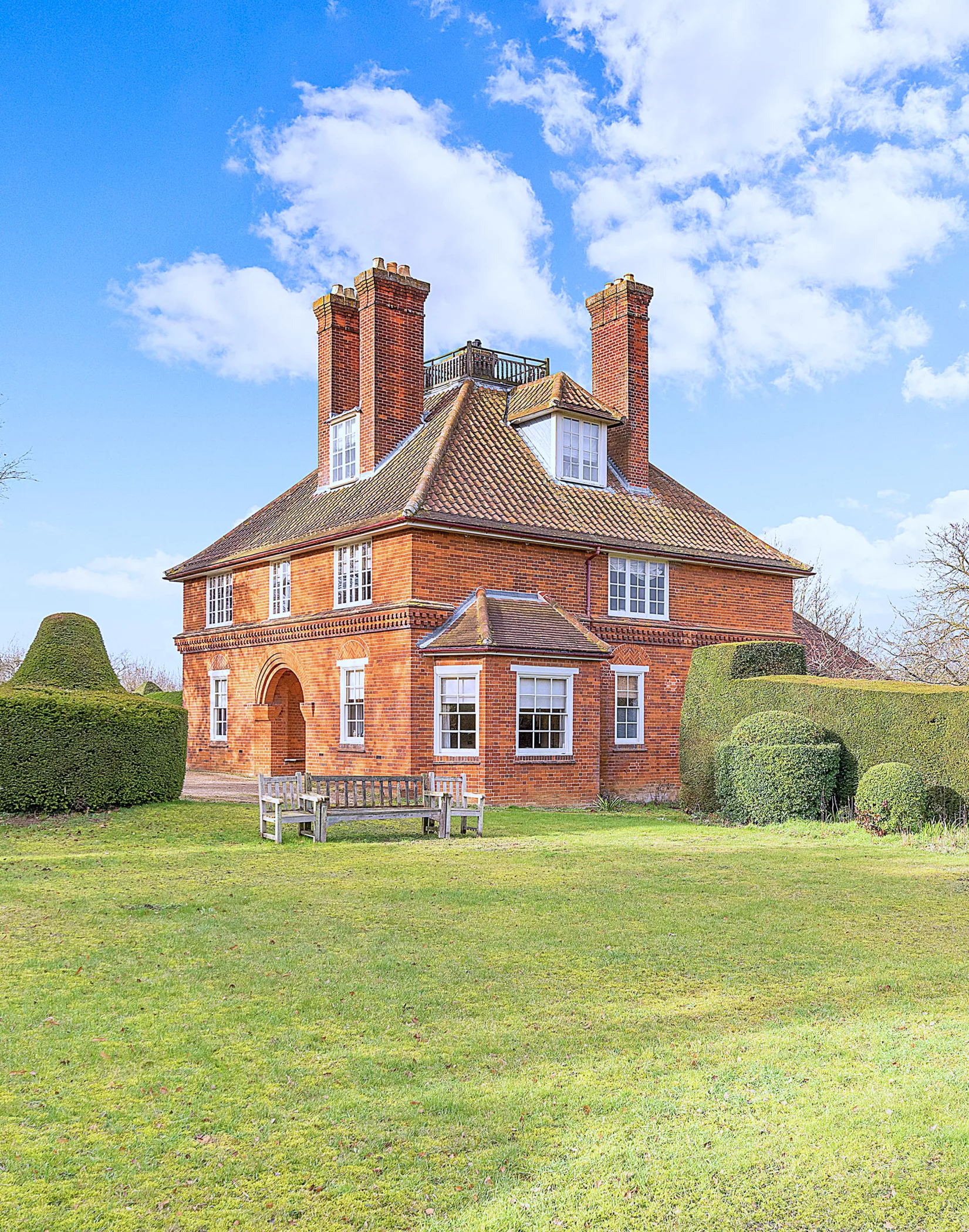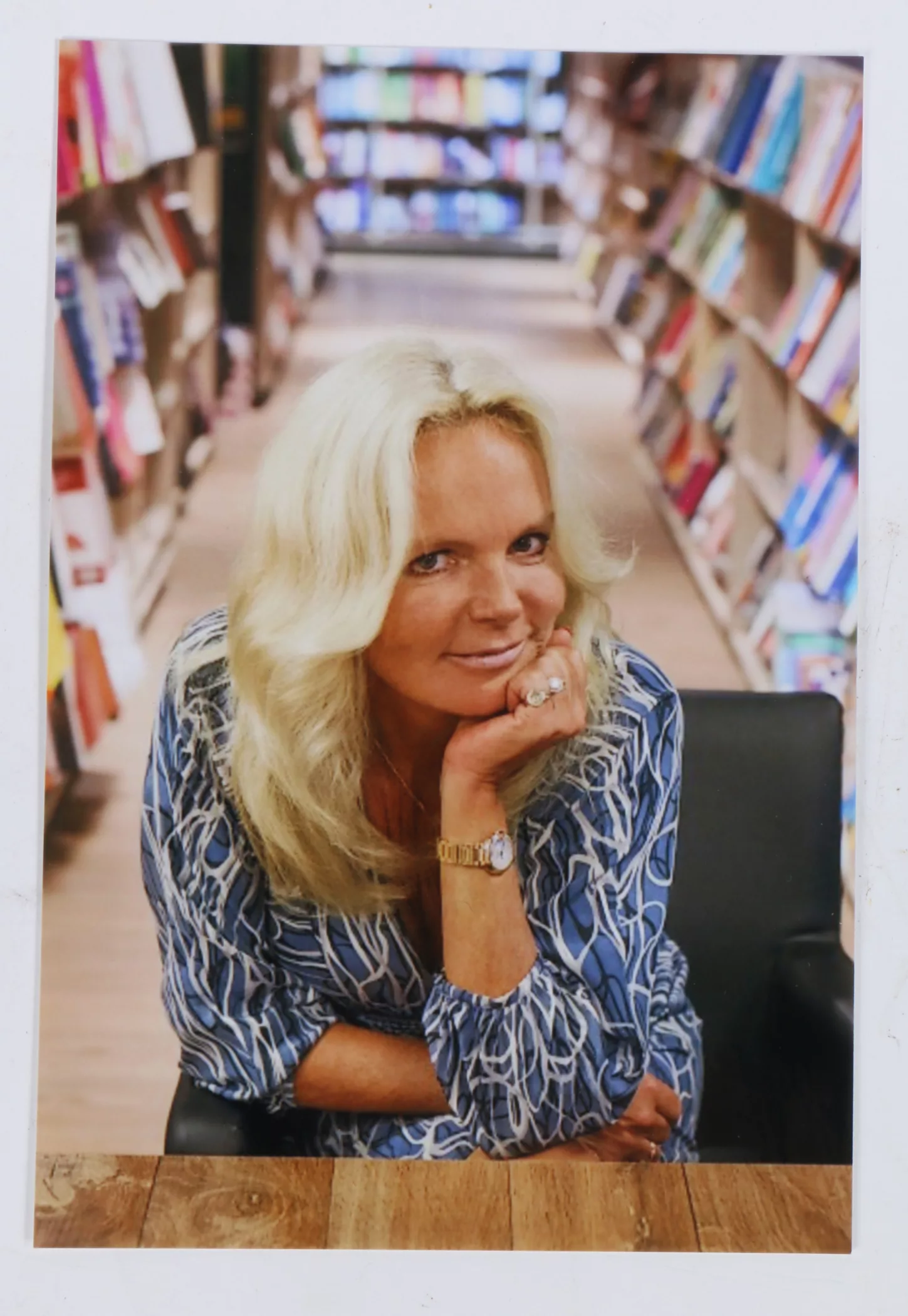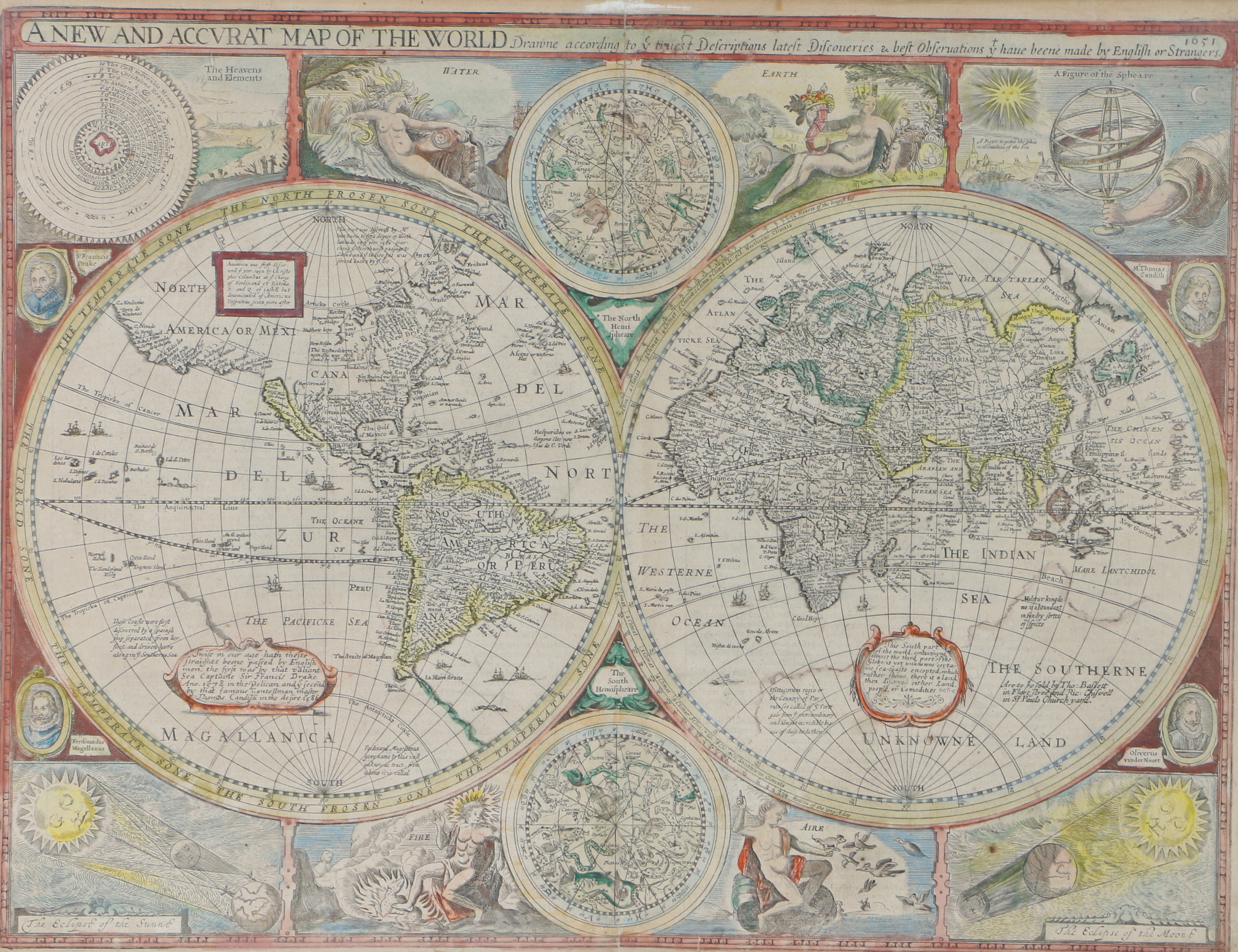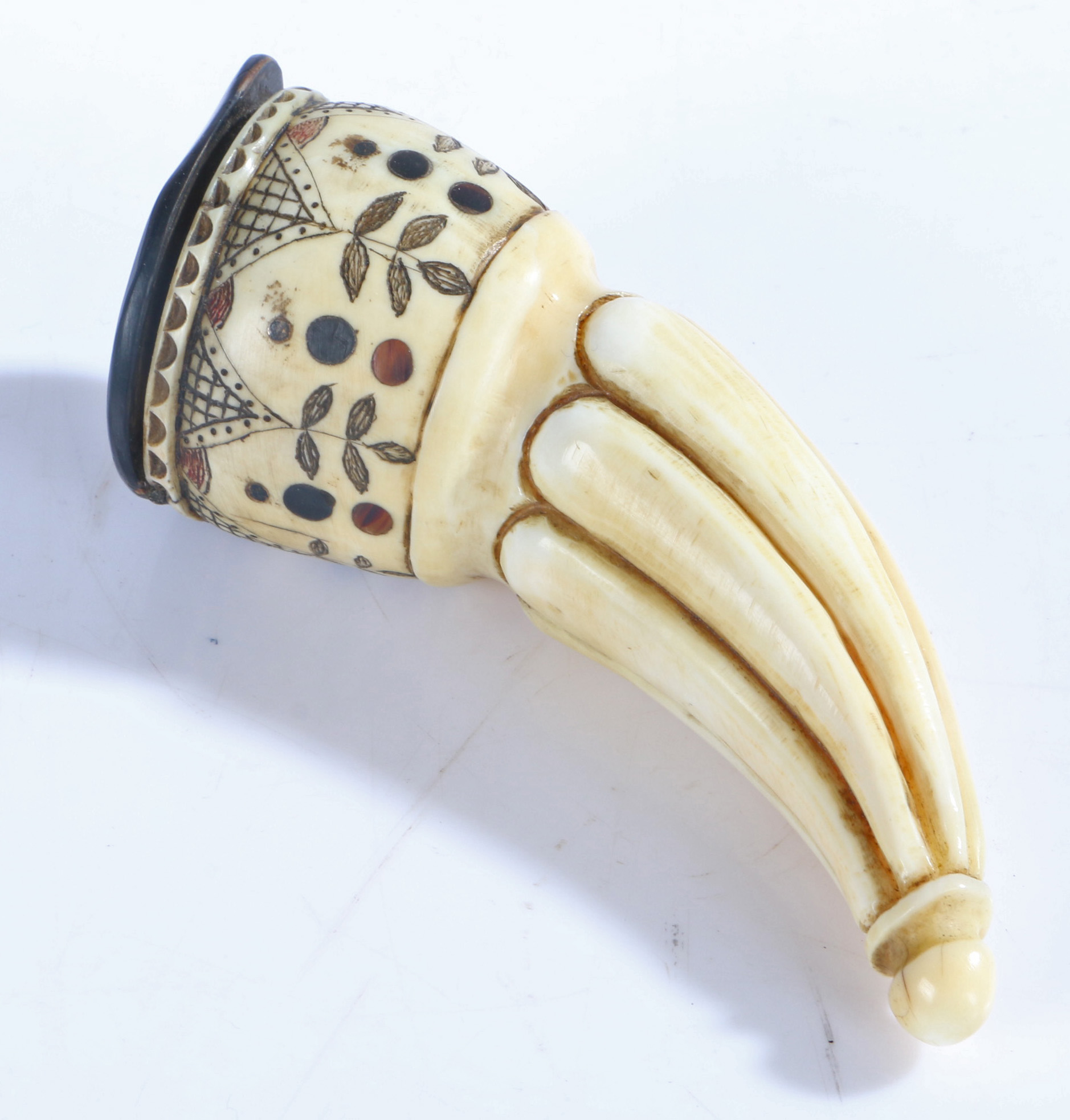- Auctions
- Buying & Selling
- Departments
- Asian & Oriental Art
- Books, Maps & Manuscripts
- Ceramics & Glass
- Coins & Banknotes
- Furniture & Antiques
- Jewellery & Gemstones
- Military, Militaria & Medals
- Modern Art & Design
- Music & Audio
- Paintings, Pictures & Prints
- Period Oak & Metalwork
- Retro & Quirky
- Toys, Games & Collectables
- Tribal & Ancient Art
- Scientific & Maritime
- Silver & Gold
- Watches & Clocks
- Valuations
- Contact
Mirror Mirror on the Wall 3 Apr 2022 Auctions News Suffolk News
Mirror Mirror on the wall, who is the fairest of them all? This famous quote said by the evil queen in snow white resonates to our saleroom as we see so many wonderful mirrors come through our doors from the very small handheld vanity mirrors to the mirrors the size of your average wall in your house – we have seen them all. There are mirrors that are decorated with the most wonderful, intricate frames coated in gold leaf to oak framed mirrors and believe it or not a lot of the mirrors we see in our salerooms are still in one piece, regardless of their age so they were well and truly well loved and looked after. Mirrors are a very useful addition to any house as not only are they used every morning to get yourself ready for the day but they are also used to create light in a dark room or hallway.
Mirrors started to be made in Britain towards the end of the 18th century and before this it was the Venetians who really invented the broad glass flat mirror however it has been known that mirrors were used as far back as 6,000 BC but weren’t as we know them now, but mirrors tended to be reflections in water. The early mirrors that were made in Britain were very much sought after and were well decorated and came in all sorts of shapes and sizes.
When you are looking for a mirror at auction and you are looking for a mirror that has its original glass in it, will always increase its value so it may attract more interest. It is important that when looking at antique mirrors to see what is happening with the glass – look for cracks or breaks in it. The earlier mirrors we see tend to have thinner glass within the frame and when it comes to the Victorian mirrors you can see that their glass is cut thicker. So what’s the tell-tale sign that the mirror is new? well our mirrors today and for the last few decades the glass has tended to be colourless. When you look at an antique mirror you can see in the glass that there tends to be shades of purples and greens, it won’t be obvious just by looking directly at the glass but if you move the glass from side to side you will notice the hue of different colours. In antique mirrors you can always try and date them by looking to see whether there are any date or makers marks on the back of the mirror, also and rather quite randomly you can also age a mirror by its fixtures and fittings such as nails, screws or joins.
We have seen some fantastic examples of mirrors and we have some wonderful mirror lots coming up in our Remarkable Rooms auction later in March. Such as an exceedingly tall Victorian tailors mirror. It is a lovely example dated circa 1890 and is definitely of large proportions! It’s mirror plate is held within an elegant black frame and backed with oak boards. As it is quite a long mirror it would make a great piece in a hallway or bedroom and has an auction estimate of £400-£600.
Another mirror that we have is an impressive 19th Century mirror. This is yet another lovely example and forms part of a backed parcel gilt console table with the mirror. These types of mirrors / tables were often found in larger stately and middle class homes and possibly found in hallways and entrance halls. The mirror itself is of large proportions and is a large overmantel mirror and it is surmounted to the centre by a flower head. Its decoration is superior, and it has a trailing foliate vine weaving around the reeded and channel moulded frame. It has a marble top that is in white with grey veining and that sits above a rococo base with leaf and shell capped cabriole legs and scroll feet backed by a mirror plate. It is a wonderful example and has a price tag to go with it, with an auction estimate of £2,000 – £3,000 it will definitely attract interest from a number of parties.
The last mirror example is a Victorian Corn Exchange wall mirror. This mirror which used to sit in Dereham Corn exchange prior to its refurbishment in the early 1990s, is really of large proportions. The Corn exchange was built in 1857 and it was part of its existing building structure. The mirror itself has a bevelled mirror plate within a cushion moulded frame. What makes this piece interesting is of course its local interest to East Anglia and also that it was found behind a brick wall as a makeshift partition. It has an auction estimate of £200-£300.So if you have discovered a mirror up in your loft or you have inherited a mirror then why not consider selling it at auction. Or if you collect mirrors or are looking for that unique mirror you may just find it at auction, especially in an auction such as Remarkable Rooms where the feel of the auction itself is in its title.
Antique Valuations
Bishop & Miller offer a free, no obligation valuation service on a wide range of objects.
Offering full service and guidance whether it’s a single item for valuation and auction or probate and insurance valuations. Our team of dedicated professionals are on hand to help with every aspect of your auction experience.
Tailored Auction Alerts
Please select all that apply and we'll send you alert when catalogues become available. You can update your alerts or unsubscribe at any time.
Please select...
Contact The Team





